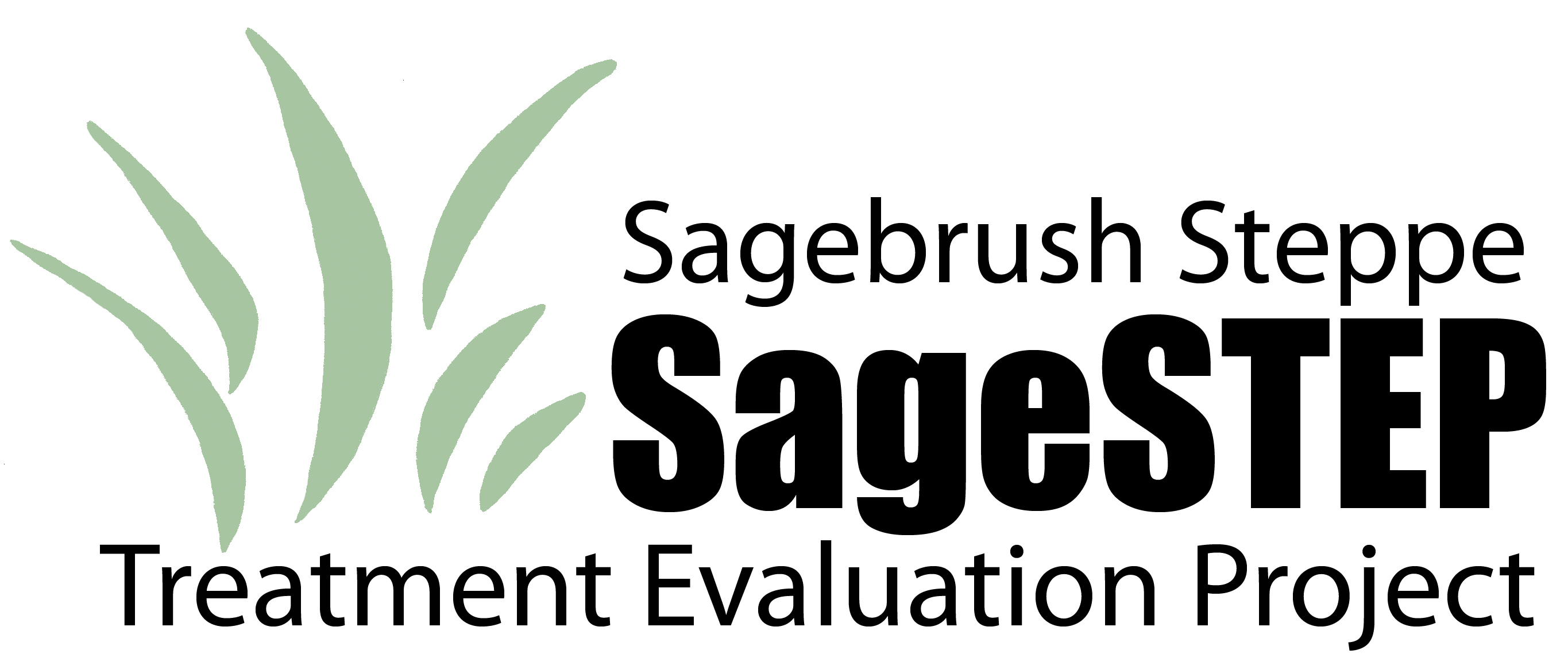Document Type
Article
Journal/Book Title/Conference
International Journal of Wildland Fire
Volume
23
Issue
2
Publisher
CSIRO Publishing
Publication Date
2-6-2014
First Page
155
Last Page
172
Abstract
The recent increase in wildfire activity across the rangeland–xeric forest continuum in the western United States has landscape-scale consequences in terms of runoff and erosion. Concomitant cheatgrass (Bromus tectorum L.) invasions, plant community transitions and a warming climate in recent decades along grassland–shrubland–woodland–xeric forest transitions have promoted frequent and large wildfires, and continuance of the trend appears likely if warming climate conditions prevail. These changes potentially increase overall hydrologic vulnerability by spatially and temporally increasing soil exposure to runoff and erosion processes. Plot and hillslope-scale studies demonstrate burning may increase event runoff or erosion by factors of 2–40 over small-plot scales and more than 100-fold over large-plot to hillslope scales. Reports of flooding and debris flow events from rangelands and xeric forests following burning show the potential risk to natural resources, property, infrastructure and human life. We present a conceptual model for evaluating post-fire hydrologic vulnerability and risk. We suggest that post-fire risk assessment of potential hydrologic hazards should adopt a probability-based approach that considers varying site susceptibility in conjunction with a range of potential storms and that determines the hydrologic response magnitudes likely to affect values-at-risk. Our review suggests that improved risk assessment requires better understanding in several key areas including quantification of interactions between varying storm intensities and measures of site susceptibility, the varying effects of soil water repellency, and the spatial scaling of post-fire hydrologic response across rangeland–xeric forest plant communities.
Recommended Citation
Williams, C. J., F. B. Pierson, P. R. Robichaud, and J. Boll. 2014. Hydrologic and erosion responses to wildfire along the rangeland-xeric forest continuum in the western US: A review and model of hydrologic vulnerability. International Journal of Wildland Fire 23:155-172.



